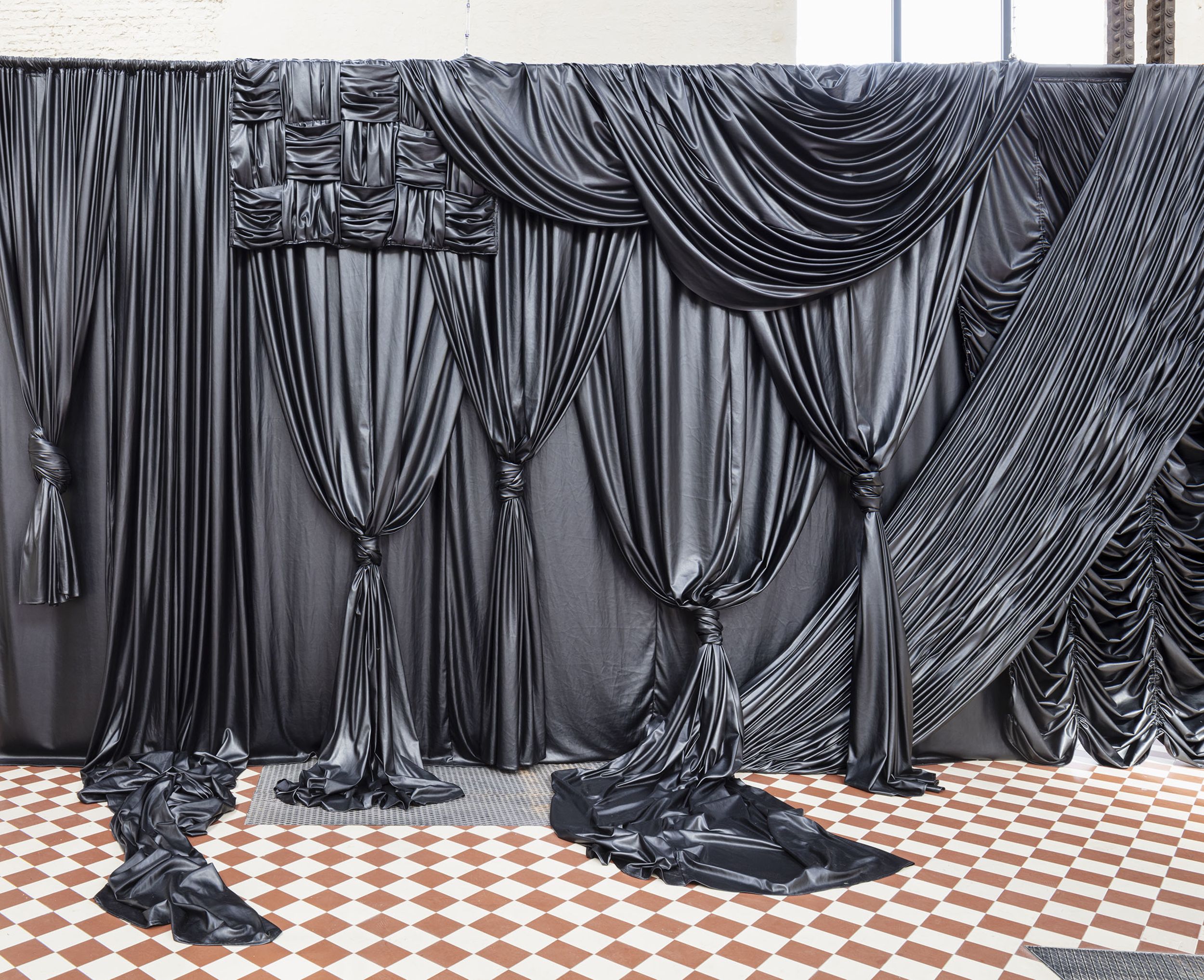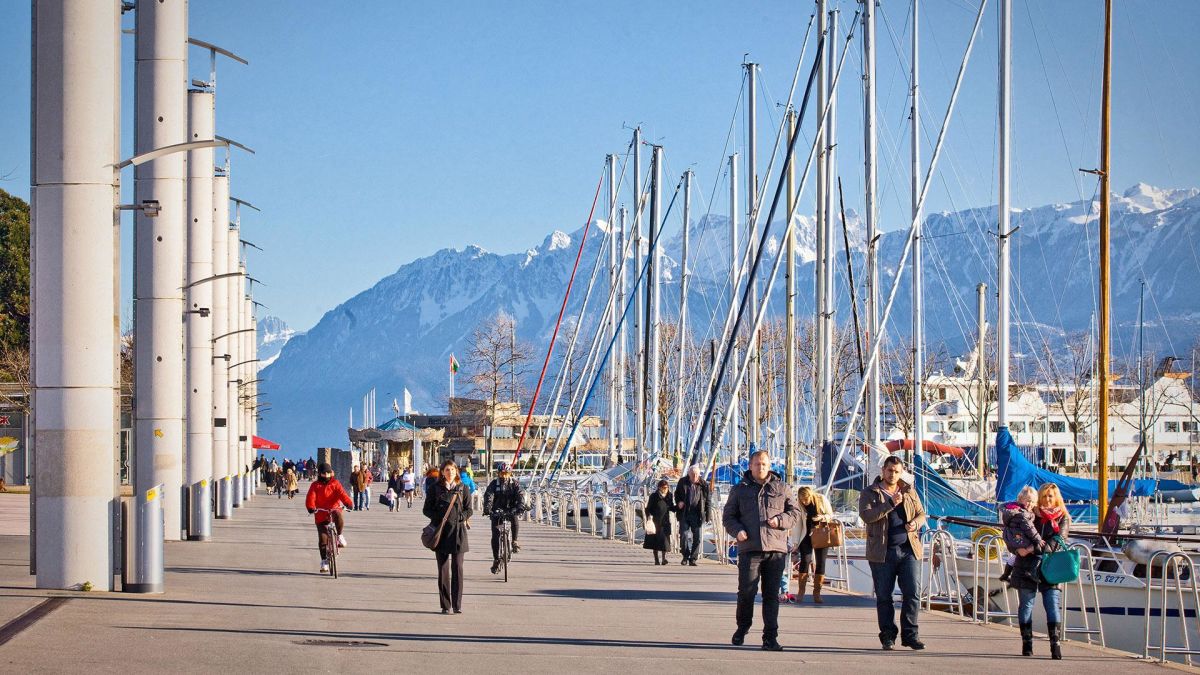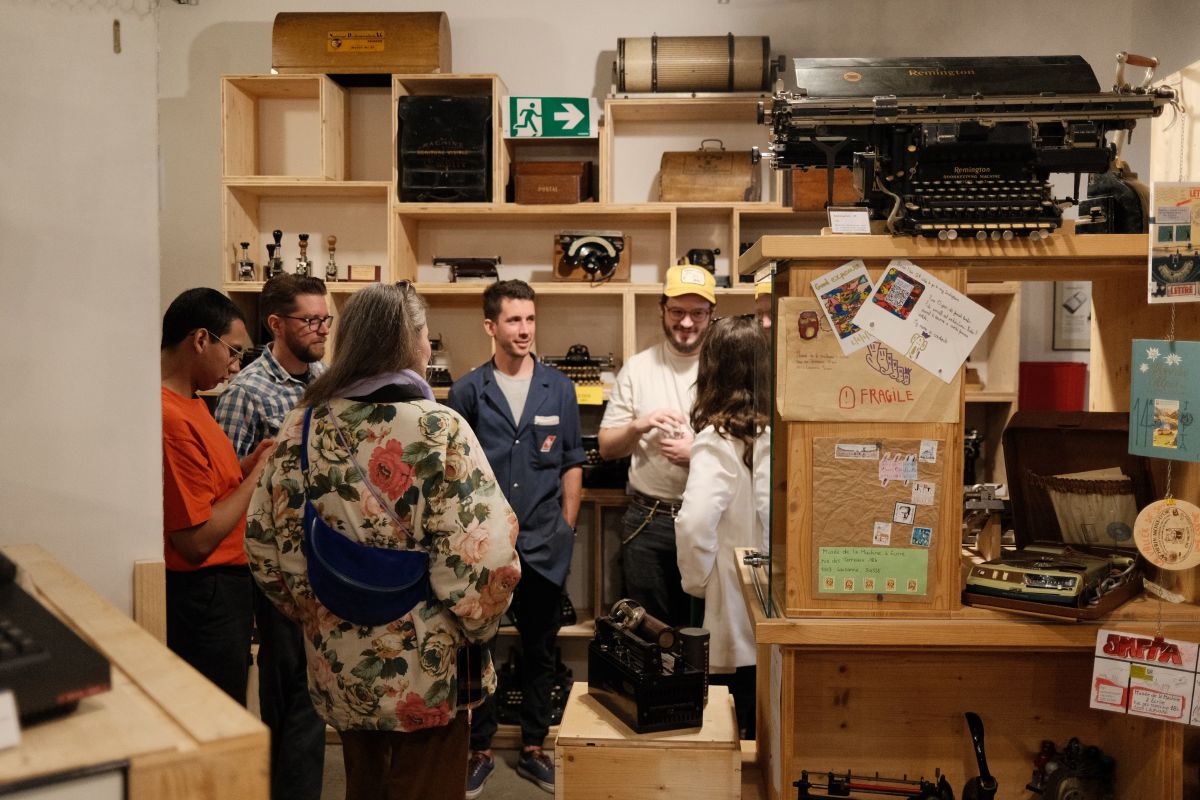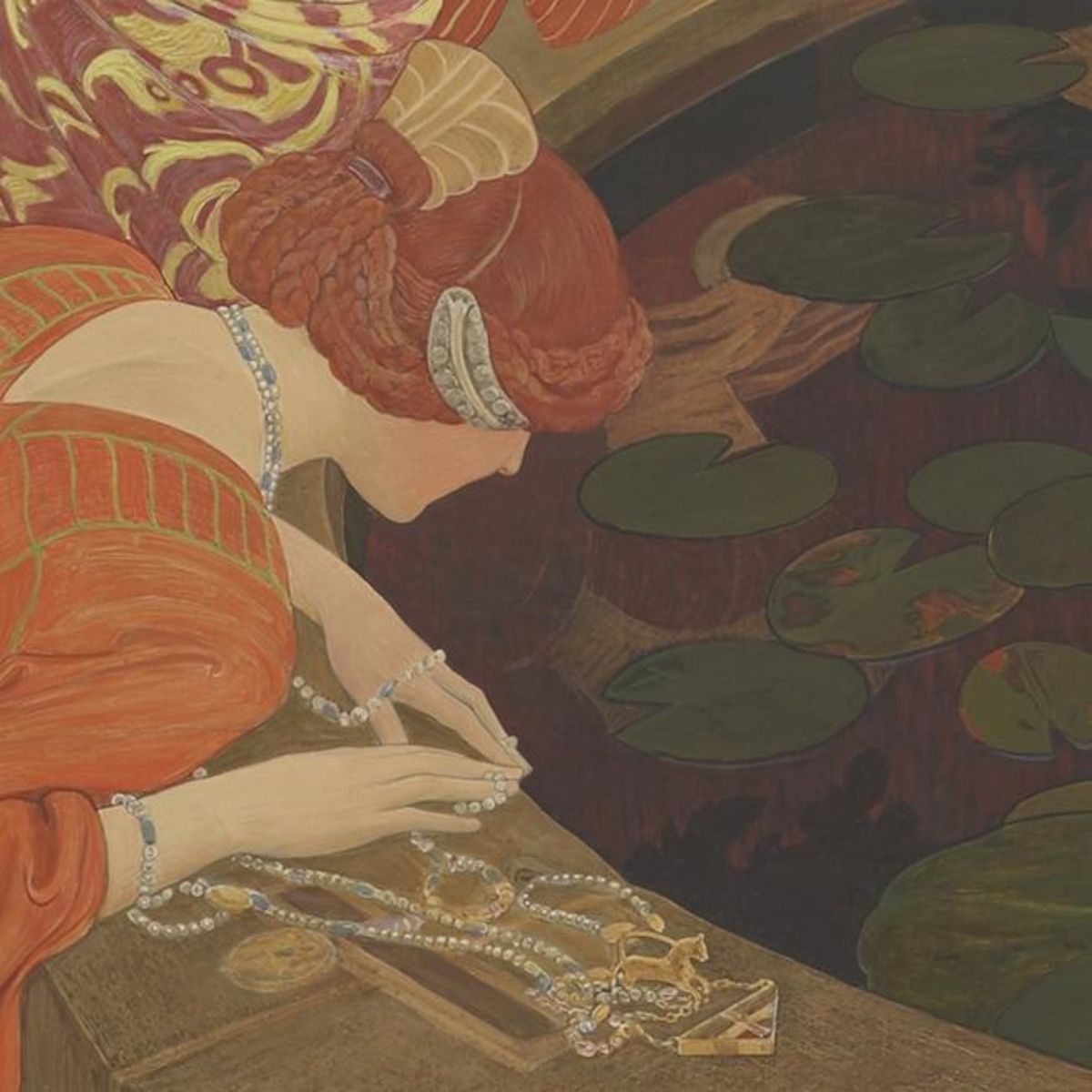Useful information
Address
MCBA - Musée cantonal des Beaux-Arts
PLATEFORME 10 - Place de la Gare 16
1003 Lausanne
PLATEFORME 10 - Place de la Gare 16
1003 Lausanne
Schedules
From 13.06.2025 to 07.09.2025
Tuesday
10:00 - 18:00
Wednesday
10:00 - 18:00
Thursday
10:00 - 20:00
Friday
10:00 - 18:00
Saturday
10:00 - 18:00
Sunday
10:00 - 18:00
Plateforme 10 tickets - 1 museum, full price (adults aged 26 and over)
15 CHF
Plateforme 10 tickets - 1 museum, reduced price, adults aged 26 and over (AVS, AI, unemployed, students, apprentices)
12 CHF
Plateforme 10 tickets - 1 museum, under the age of 26
Free
Plateforme 10 tickets - 3 museums, full price (adults aged 26 and over)
25 CHF
Plateforme 10 tickets - 3 museums, reduced price, adults aged 26 and over (AVS, AI, unemployed, students, apprentices)
19 CHF
Plateforme 10 tickets - 3 museums, duo (visit for two, adults aged 26 and over)
38 CHF
Plateforme 10 tickets - 3 museums, under the age of 26
Free
Free admission on the first Saturday of the month.
Access
CFF train station: 3 minutes on foot
Bus 1, 3, 21, 60: «Lausanne-Gare» stop
Bus 6: «Cécil» stop
Metro M2: «Lausanne-Gare» stop
More info
While today ornamentation is recognized as a marker of humanity, its value is still the subject of lively debates. As far back as Plato and Aristotle, ornamentation was first condemned and then rehabilitated. Whether considered a useless simulacrum or a symbol of the divine and vector of knowledge, the question of ornamentation has always been closely linked to considerations of function and beauty. For centuries, it was assigned a moral function, and crafts persons, artists and citizens in general conformed to the reigning decorative regimes out of respect for the dominant social and religious hierarchy.
Starting with the advent of modernism in the twentieth century, ornamentation was considered merely decorative and thus invalid and often mocked in the functionalist and elitist discourses of architects such as Le Corbusier and Adolph Loos and painters like Kandinsky and Mondrian. Industrialization and mechanical reproduction allowed patterns and such to be cloned at will, relegating craftsmanship to the ranks of the so-called “minor arts”.
The question of ornamentation quickly led to assertions about its alleged relationship with gender identity (and/or sexual orientation). Thus, associated with “femininity”, adornment, was considered unseemingly frivolous, excessive and even abominable. Since the rise of postmodernism, ornamentation has regained a canonical place in the so-called “major” arts. But whether overtly or not, in reality, it has always been present in art, and it continues to be employed (and openly advocated) as a formal strategy for conceptual and even political purposes.
Starting with the advent of modernism in the twentieth century, ornamentation was considered merely decorative and thus invalid and often mocked in the functionalist and elitist discourses of architects such as Le Corbusier and Adolph Loos and painters like Kandinsky and Mondrian. Industrialization and mechanical reproduction allowed patterns and such to be cloned at will, relegating craftsmanship to the ranks of the so-called “minor arts”.
The question of ornamentation quickly led to assertions about its alleged relationship with gender identity (and/or sexual orientation). Thus, associated with “femininity”, adornment, was considered unseemingly frivolous, excessive and even abominable. Since the rise of postmodernism, ornamentation has regained a canonical place in the so-called “major” arts. But whether overtly or not, in reality, it has always been present in art, and it continues to be employed (and openly advocated) as a formal strategy for conceptual and even political purposes.






 +41 21 318 44 00
+41 21 318 44 00 Email
Email Website
Website
















